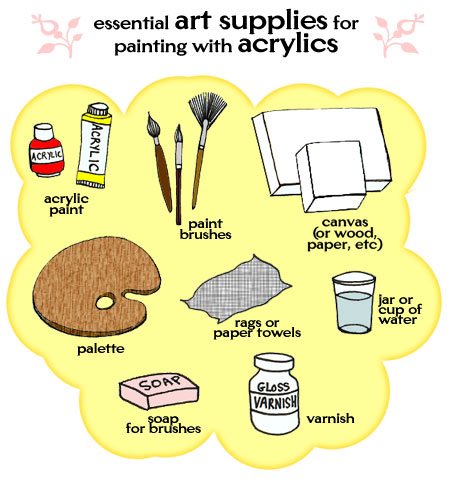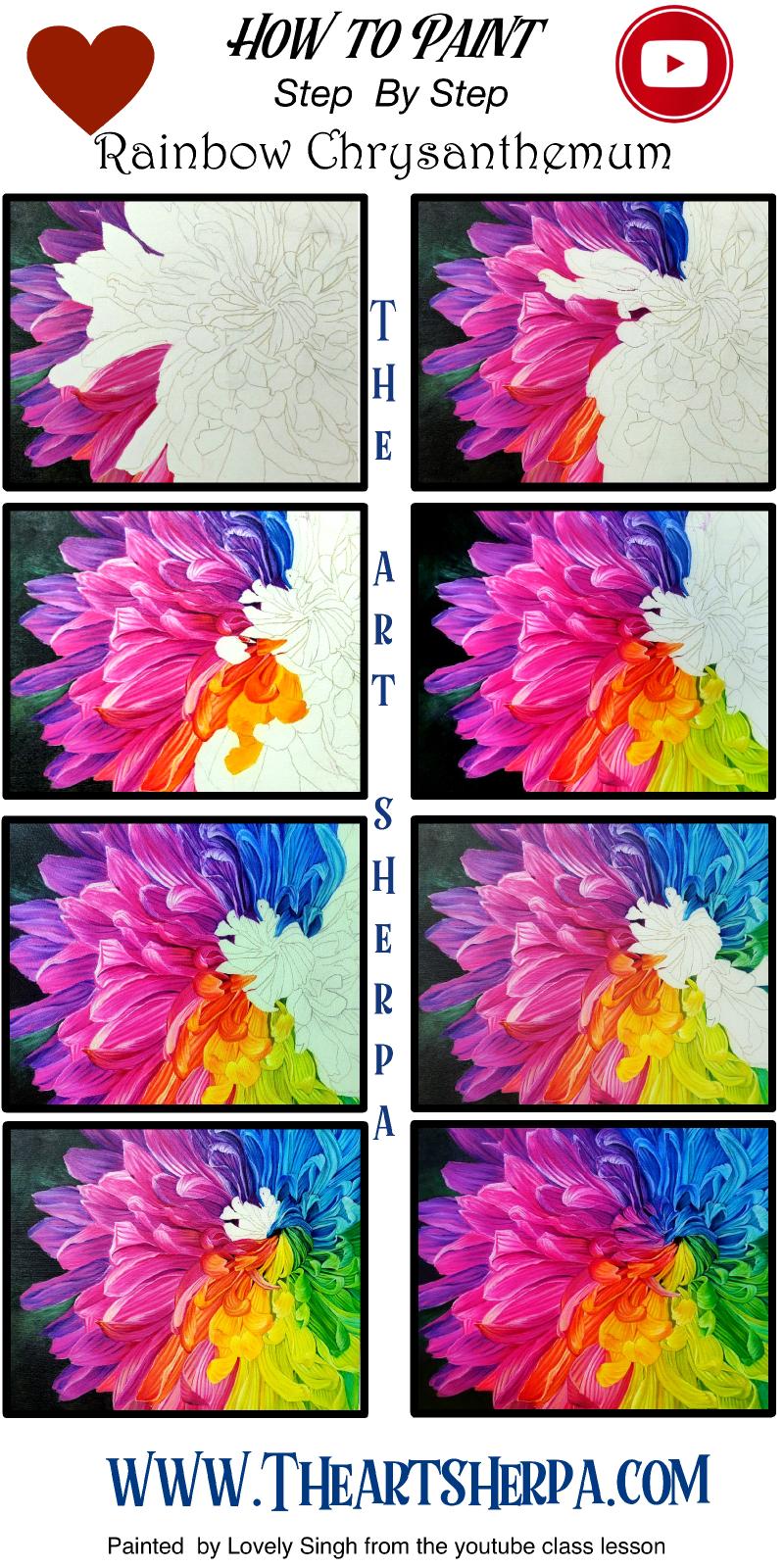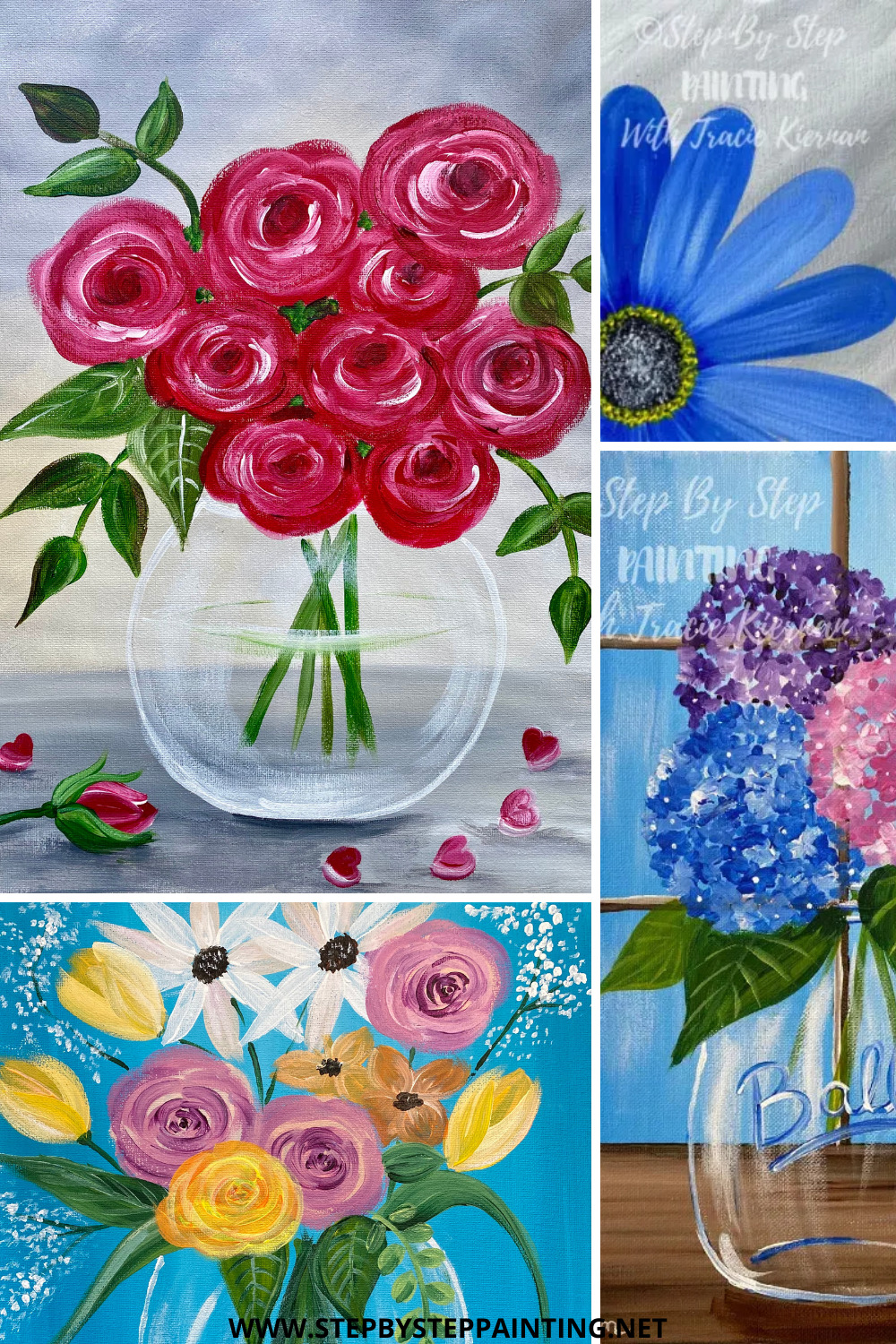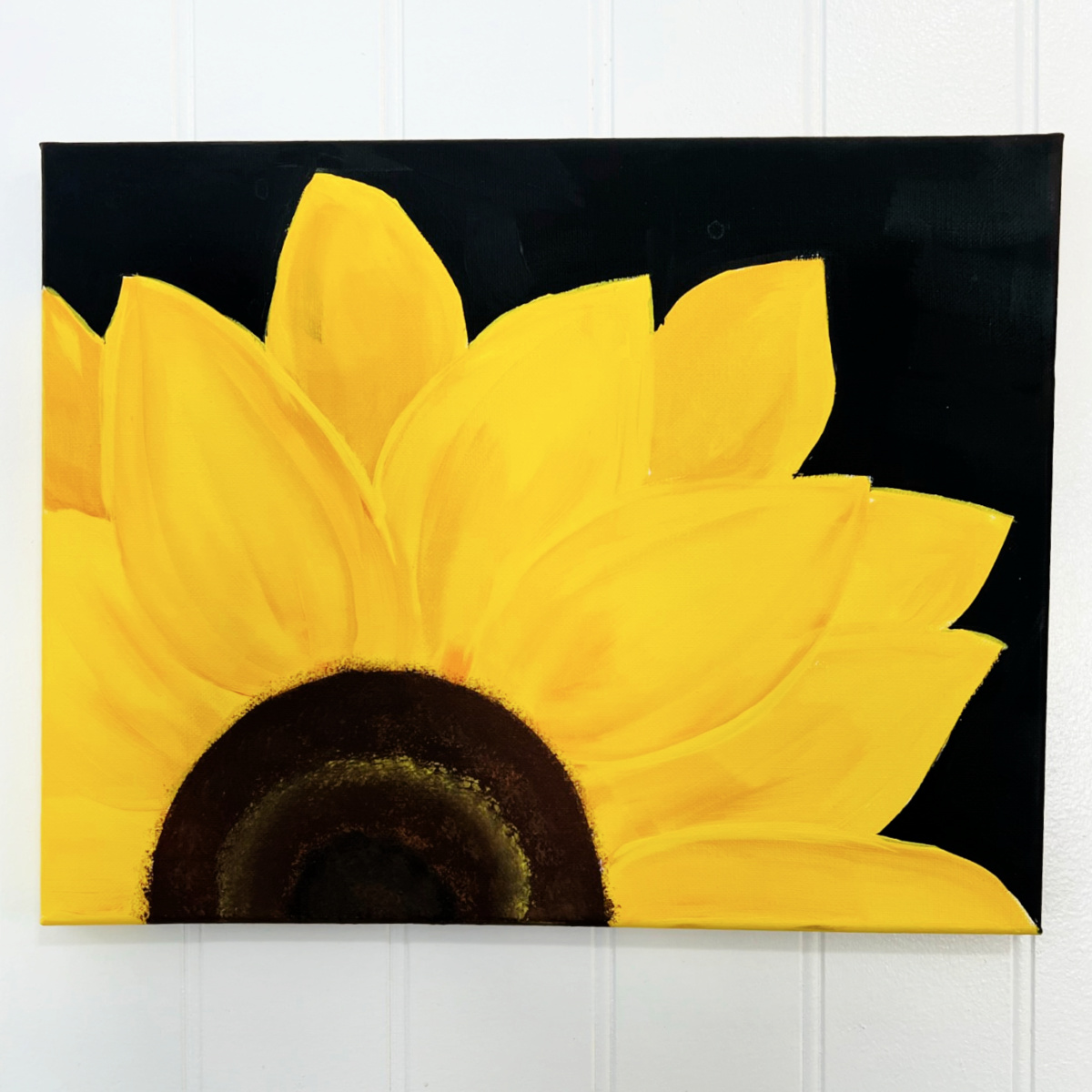How to Paint Flowers in Acrylic for Beginners
Share
Painting flowers in acrylic is an enchanting way for beginners to dive into the world of art. Acrylic paints are versatile, fast-drying, and forgiving, making them ideal for capturing the delicate beauty of petals, stems, and leaves. Whether you're inspired by a vibrant sunflower or a soft rose, this medium allows you to experiment with colors and textures without the pressure of perfection. As a beginner, you'll find that flowers offer endless variety—from simple daisies to intricate bouquets—helping you build confidence while creating something beautiful for your home or as a gift.
Acrylic painting has gained popularity among novices because it doesn't require expensive tools or years of experience. The paints mix easily with water, clean up simply, and can be layered to achieve depth and vibrancy. Flowers, in particular, are a fantastic subject as they teach essential skills like blending, shading, and brush control. This article will guide you through the basics, from gathering supplies to completing your first floral masterpiece, ensuring you avoid common pitfalls and enjoy the process.
Before starting, remember that practice is key. Many beginners feel intimidated by the idea of painting realistic flowers, but starting with loose, impressionistic styles can make it fun and approachable. Resources like online tutorials can provide visual guidance, showing how simple strokes can form petals and blooms. Let's begin by exploring the materials you'll need to get started.
Materials Needed for Acrylic Flower Painting
To paint flowers in acrylic, you'll need a basic set of supplies that are affordable and easy to find. Start with quality acrylic paints in primary colors—red, yellow, blue—plus white and black for mixing shades. Beginners should opt for student-grade paints, which are budget-friendly yet vibrant. A palette for mixing colors is essential; a plastic or wooden one works well.
Brushes are crucial for creating different effects. A set including flat, round, and filbert brushes in various sizes will allow you to paint broad petals and fine details. Synthetic brushes are durable and hold acrylic paint effectively.
For surfaces, pre-stretched canvases or canvas panels are ideal, but heavy paper can suffice for practice.
Don't forget water for thinning paints, paper towels for blotting, and a cup for rinsing brushes. Optional extras like a palette knife for texture or an easel for comfort can enhance your experience. Many kits bundle these items, making it simple for beginners to start without overwhelm.
Once you have your materials, set up a well-lit workspace. Good lighting helps you see true colors, and protecting your area with newspaper prevents messes. Now, you're ready to learn the foundational techniques.
Basic Techniques for Painting Flowers
Mastering basic techniques is the foundation of successful acrylic flower painting. Start with color mixing: combine primaries to create greens for leaves or pinks for petals. Add white to lighten (tints) or black to darken (shades) for realistic depth.
Brushstrokes define your flowers. Use short, curved strokes with a round brush for petals, applying pressure to vary thickness. For leaves, a flat brush dragged sideways creates veins. Blending is key—work quickly as acrylic dries fast; use a damp brush to soften edges between colors.
Layering adds dimension. Begin with underpainting in light colors, then build up darker tones. Dry brushing—using minimal paint on a dry brush—creates texture for flower centers or fuzzy stems. Practice these on scrap paper to gain control before tackling a full piece.
Observation is vital. Study real flowers or photos to understand shapes and light play. Simple sketches help plan composition, ensuring balanced arrangements. With these techniques, you'll transform basic shapes into blooming wonders.
Step-by-Step Guide to Painting a Simple Flower
Let's walk through painting a basic daisy, perfect for beginners. First, sketch lightly on your canvas: draw a circle for the center and oval petals around it. Use pencil or thinned paint.
Step 1: Paint the background. Mix blues and whites for a sky, applying with broad strokes. Let dry.
Step 2: Block in the flower. Use yellow for the center, dabbing for texture. For petals, load a flat brush with white, pulling outward from the center in curved motions.
Step 3: Add details. Shade petal bases with gray for depth. Dot the center with browns and yellows.
Step 4: Paint stems and leaves. Mix greens, using thin lines for stems and leaf shapes with a round brush.
Step 5: Refine and blend. Soften edges, add highlights with white. Sign your work once dry.
This process takes about an hour. Experiment with colors for variety, like pink petals for a rose variation.
For a bouquet, repeat steps, varying sizes and angles for interest. Layer flowers to create foreground and background depth.
Common Mistakes and How to Avoid Them
Beginners often make mistakes, but they're learning opportunities. One common error is overworking wet paint, leading to muddy colors. Solution: Let layers dry or use a hairdryer.
Another is using too much water, diluting vibrancy. Keep mixtures creamy for better coverage.
Poor composition, like centering everything, can make paintings flat. Use the rule of thirds for balance.
Neglecting highlights and shadows flattens flowers. Always add light sources for realism.
Finally, rushing details—patience is key. Step back often to assess.
Tips for Beginners to Improve Your Flower Paintings
Practice daily with quick sketches. Watch tutorials for new techniques. Experiment with abstract flowers for freedom.
Join communities for feedback. Use references but add personal twists.
Vary brush sizes for detail. Clean brushes promptly to maintain quality.
Embrace imperfections—they add character. With time, your flowers will bloom vividly.
Explore themes like seasonal flowers for inspiration.
In conclusion, painting flowers in acrylic is rewarding for beginners, fostering creativity and relaxation. Start simple, build skills, and soon you'll create stunning pieces.
FAQ
What are the best acrylic paints for beginners? Student-grade paints like those from Winsor & Newton are affordable and high-quality for starting out.
How do I prevent acrylic paint from drying too fast? Use a stay-wet palette or mist with water to extend working time.
Can I paint flowers without drawing skills? Yes, use simple shapes and build up; practice improves over time.
What brushes are essential for flower painting? Round for details, flat for petals, and filbert for blending.
How long does it take to paint a basic flower? About 30-60 minutes for beginners, depending on complexity.
Where can I find free tutorials? YouTube channels offer step-by-step videos for various flowers.















